
Throughout the history of medicine, people have tried a number of interesting ways to ease each other's pain and cure ailments. While modern medicine has made remarkable advancements, it has reached this stage after taking lessons from decades of faulty and dangerous decisions, which caused great harm to innumerable people.
In the 19th and early 20th centuries, and even in ancient history, there were some truly bizarre and unusual medical practices that would sound outright absurd today. Here, we look back at some of the weirdest medical treatments from history that you would find hard to believe were actually used.
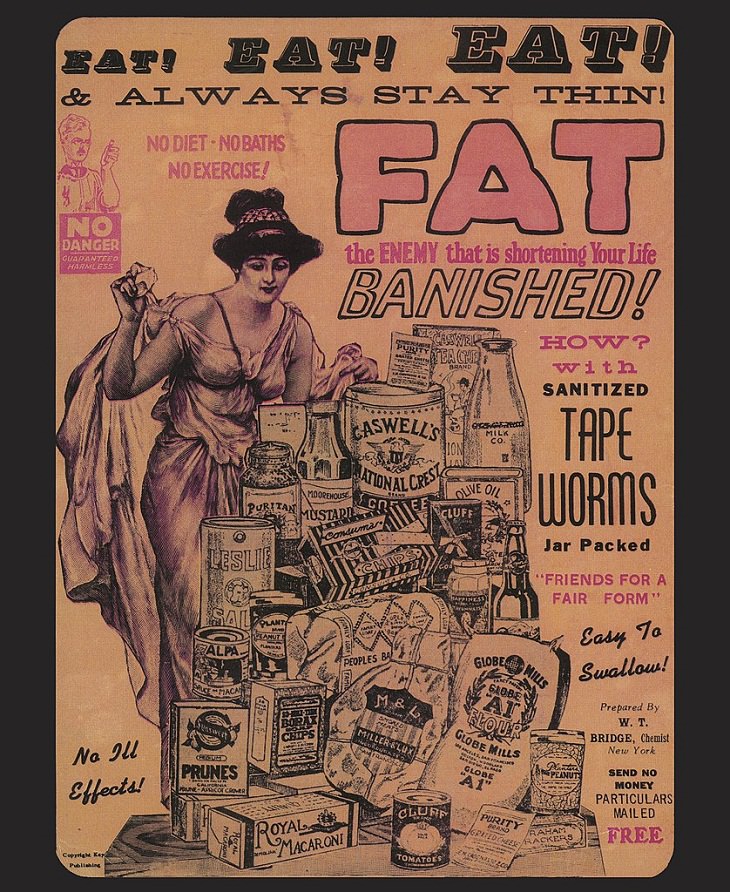
Image source - Wikimedia Commons
The Victorian era, which lasted from the 1830s to the 1900s, is infamous for its odd notions of beauty. One of the popular methods to reduce weight during that phase was, strangely, the tapeworm diet.
The idea behind it was simple – you had to take a pill containing a tapeworm egg so that once the parasite hatches and grows inside your intestines, it would also ingest part of whatever you eat. The theory then was that the dieter could lose weight by this process without worrying about their calorie intake. Today, we are aware of the dangers tapeworms pose to our health. Unfortunately, the risky practice is still alive today.
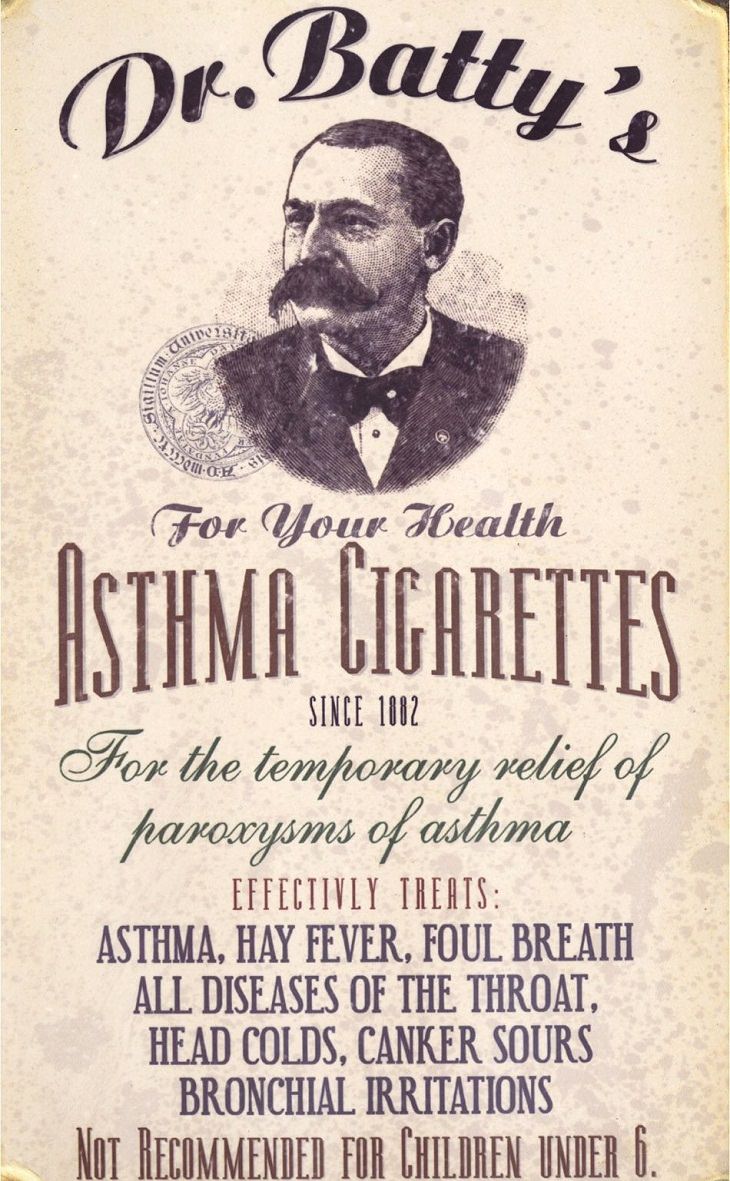
Image source - Wikimedia Commons
It might be hard to believe today, but there was a time when cigarettes were being used as medicine for asthma. During the late 19th and early 20th century, the lethal effects of nicotine hadn’t yet been uncovered. So while smoking was used for recreational purposes back then, too, it was also used as a medical treatment.
Some of the popular medicated cigarettes were advertised as providing “temporary relief of paroxysms of asthma, hay fever, and simple nasal irritations.” The directions written on one of these medicated cigarette boxes will sound quite jarring today: “Exhaust the lungs of air, then fill the mouth with smoke and take a deep breath, drawing the smoke down into the lungs. Hold a few seconds, then exhale, through mouth and nostrils. Prescribed dosage 4 a day.”
Thankfully, these products are no longer being used, at least not for asthma.
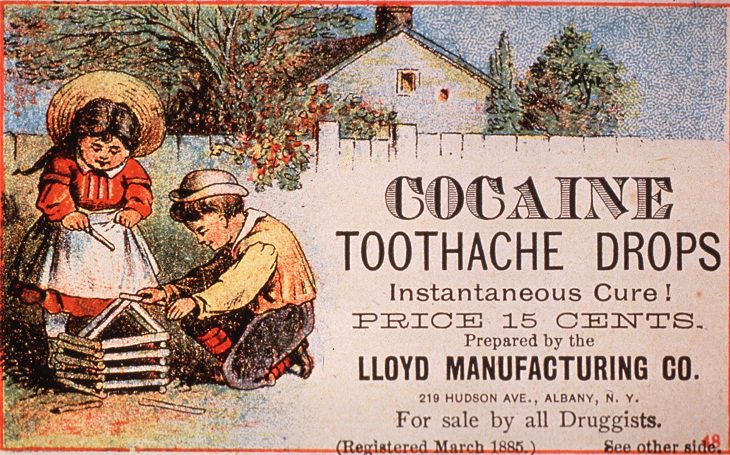
Image source - Wikimedia Commons
Have a toothache? How about taking a few drops of cocaine to ease the pain? Sounds outrageous? Well, it wasn’t at one point in history. During the 1880s, in fact, cocaine was regarded as a possibility for local anesthesia.
Carol Koller, an Australian ophthalmologist, had discovered in 1884 that a few drops of cocaine solution can act as a topical anesthetic when used on a person’s cornea. Soon, cocaine was being used in both eye and sinus surgeries. In fact, it was being marketed as a treatment for toothaches, depression, sinusitis, lethargy, and even alcoholism. Cocaine toothache drops in high demand, and they were being sold for a mere 15 cents, widely claiming their “Instantaneous Cure”.
Cocaine was subsequently banned in the US in 1920, but by then, the drug had established its base firmly.
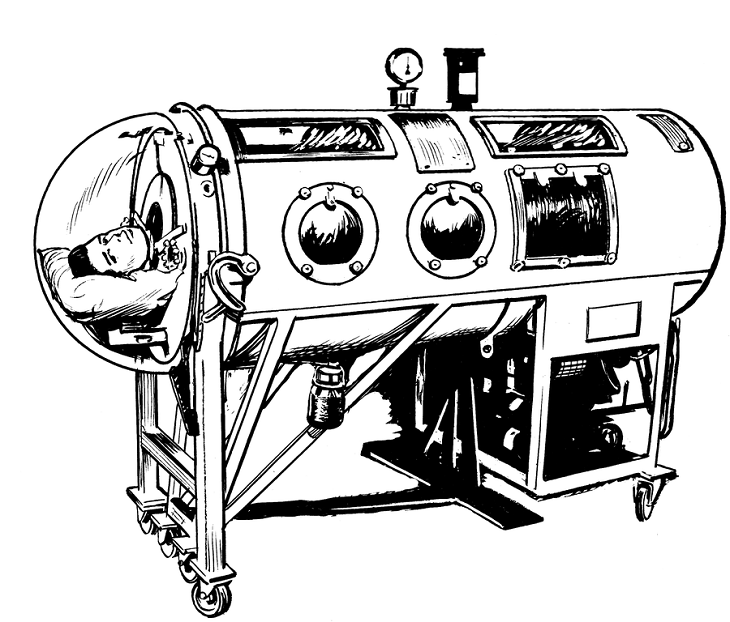
Image source - Wikimedia Commons
The polio epidemic devastated many lives before an effective vaccine was developed in the 1950s. Before the vaccine was invented, though, researchers were looking for some technology to keep polio patients alive. It was then that the 'iron lung', as it was nicknamed, was conceived. Developed by a team at Harvard University, it was a huge metal box with attached bellows where the patients were encased. The suction from the bellows was made in a way that they kept the patient breathing.
Imagine being put inside a coffin-like cabinet! It must have been quite a scary experience for the patients. However, the iron lung became quite popular and was a regular feature of the polio wards of the mid-1900s. The first-ever iron lung to be used was at Boston Children's Hospital in 1928 to save the life of an eight-year-old polio-stricken girl.
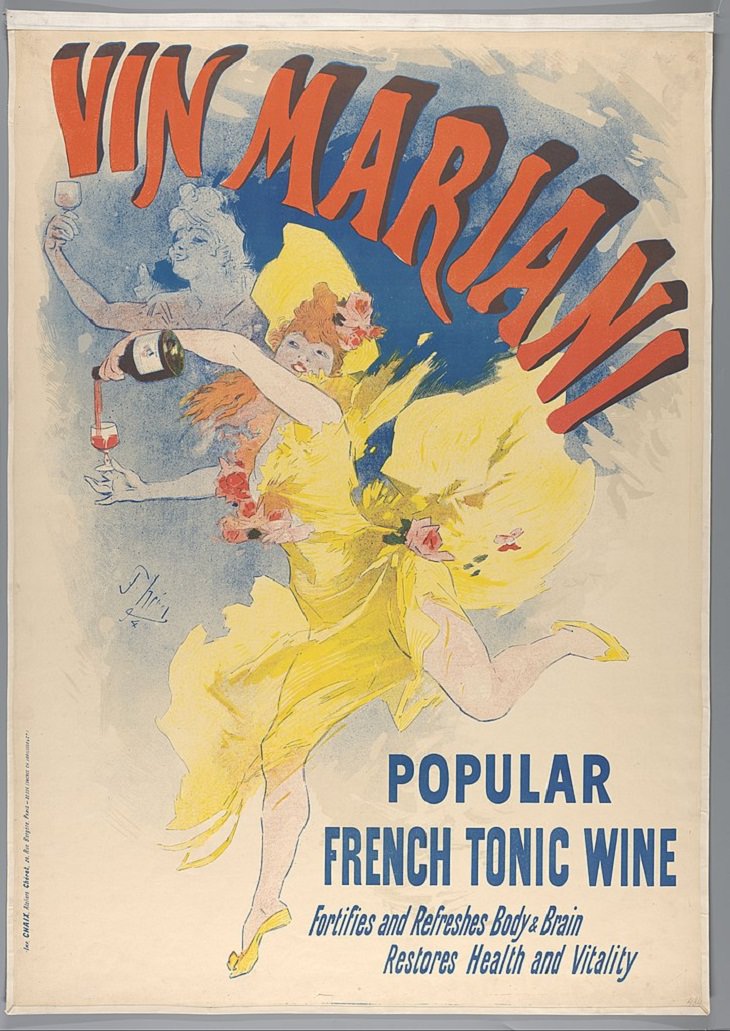
Image source - Wikimedia Commons
In 1863, Italian chemist Angelo Mariani introduced a healing tonic known as Vin Mariani. The brew contained red wine treated with coca leaves and was an instant hit. In fact, it was even endorsed and used by several famous personalities of that time, including Thomas Edison, Queen Victoria, the Czar of Russia, Pope Saint Pius X, and Pope Leo XIII. Why was the tonic so popular, though? Because coca leaves contain cocaine. The drink had around 6 mg (0.006 ml) of cocaine per fluid ounce of wine.
Ads for Vin Mariani claimed that it was ideal for "overworked men, delicate women, and sickly children." What’s more, over 8,000 doctors endorsed the drink and it even received a gold medal. Vin Mariani did great business in the U.S. and went on to inspire the creation of Coca-Cola.

How does the thought of putting a dead mouse inside your mouth sound? Repulsive? Well, that’s how ancient Egyptians would treat toothache pain. In those times, effective pain medication hadn’t yet been developed, and to relieve toothaches, ancient Egyptians would mash dead mice and blend them with some other ingredients. The resulting paste would then be applied to the affected spot.
Interestingly, it wasn’t just the Egyptians who used the dead mouse paste as a cure for alleviating pain. During the Elizabethan times in England, one of the bizarre cures for warts was to cut a mouse in half and apply it over the painful spot. Not only this, but mice have also been used to treat whooping cough, measles, smallpox, and bed-wetting.
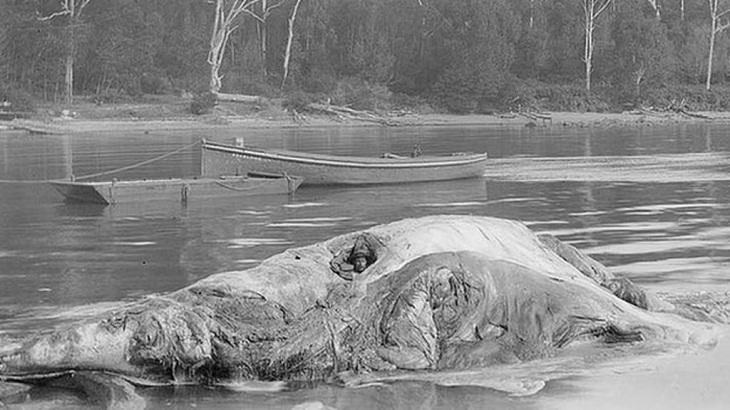
Image source - National Library of Australia
Back in the 19th century, rheumatism sufferers were made to sit inside the carcass of a whale. This was then called a cutting-edge new "treatment" introduced on Australia's southern coast and included sitting inside a recently-slaughtered whale for about 30 hours. Only the head of the patient was to poke out and the remaining body was supposed to get relief from aches and pains. Apparently, the relief would last for as long as 12 months.
The origins of the weird practice date back to the late 19th century when a drunk man who was suffering from rheumatism plunged into the carcass of a whale and emerged hours later completely free of any pain. There was no scientific evidence for the practice, obviously, but the hearsay at the time was strong enough for people to believe they felt better after spending time inside the whale carcass.
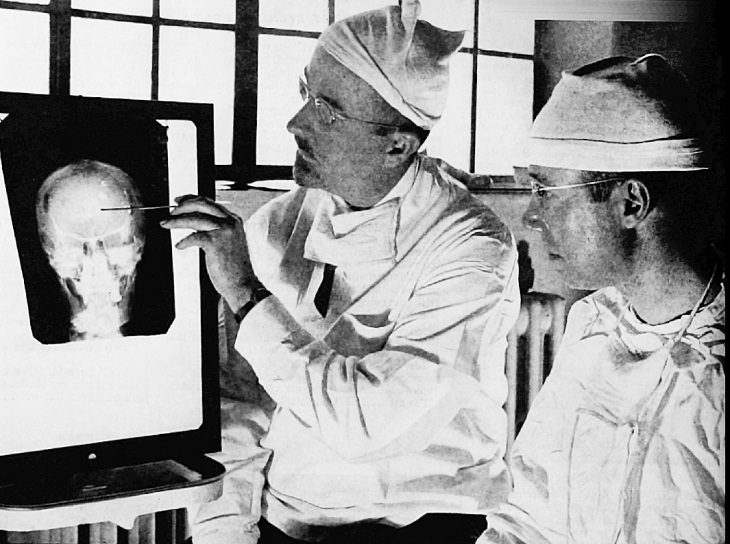
Image source - Wikimedia Commons
Imagine seeing an unconscious patient with an ice pick-like instrument protruding through their eye sockets. No, this isn’t the description of a grisly scene from a horror film. This is how several patients with mental illness were treated back in the early 20th century.
This infamous procedure, known as transorbital lobotomy, was introduced by Walter Freeman, the laboratory director at a mental hospital. Freeman was convinced that mental illness had its roots in the brain and used to spend several nights at the morgue trying to come up with a treatment. He finally came up with a way – of drilling into the skull and disconnecting the frontal lobe. This idea was inspired by Portuguese neurologist Egas Moniz’s procedure. Freeman’s process was faster and easier, and hence, it caught on pretty soon. However, it was also extremely dangerous. The ghastly method often resulted in patients being left in a vegetative state and is said to be the cause of death of close to 500 people.
Soon, however, long-term studies began to reveal the flaws in Freeman’s lobotomy technique, which coincided with the invention of the first antipsychotic medications, which eventually replaced the cruel procedure. To this day, lobotomies are regarded as the most brutal surgical procedures in medical history.
Related Articles:
The 10 Strangest Medical Cases From 2017
The 5 Most Amazing Medical Breakthroughs From 2016 to Date
7 Medical Mysteries That Continue To Baffle Doctors